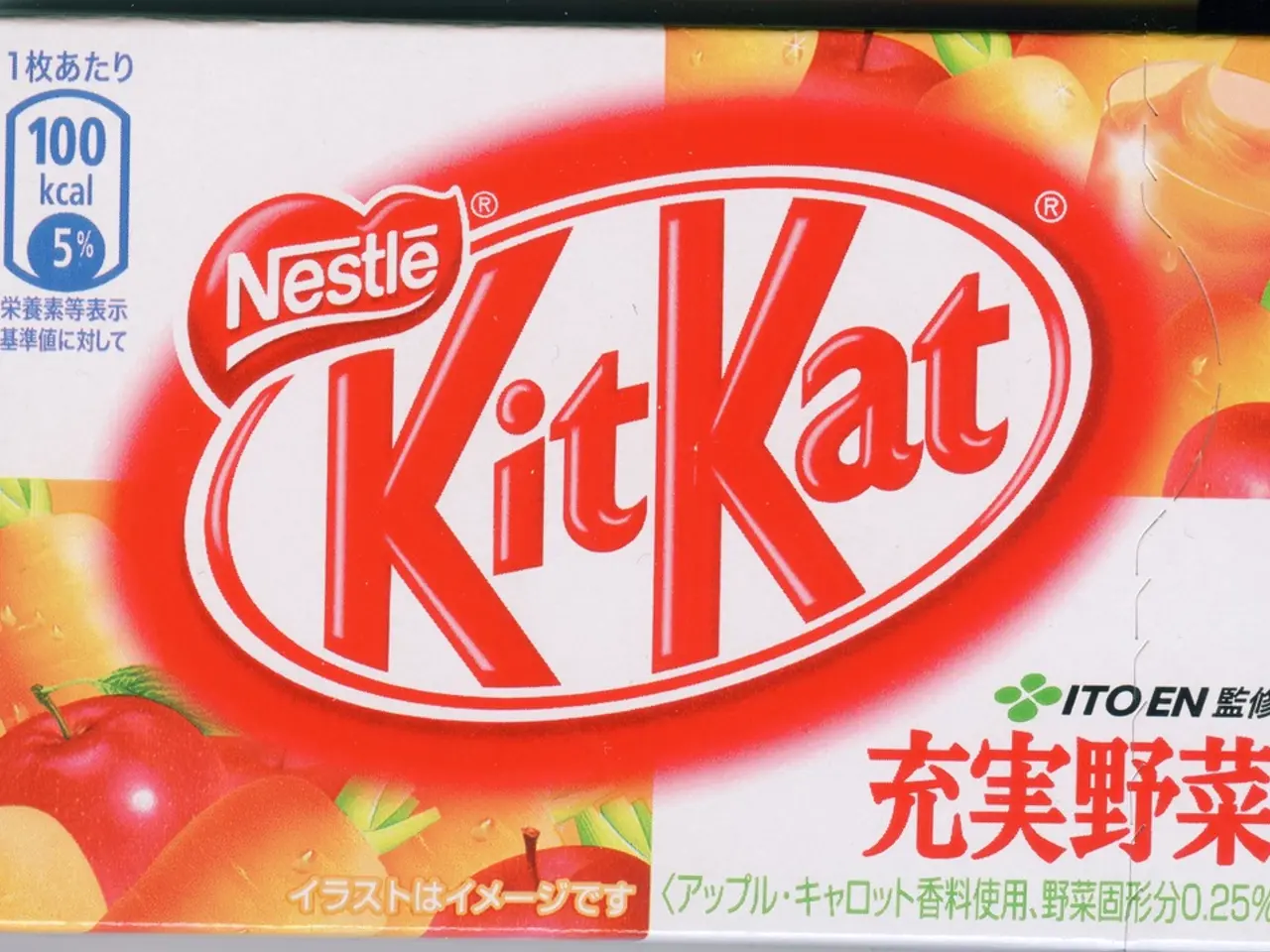Is it safe to consume fruit while managing diabetes?
In the world of nutrition, understanding the glycemic index (GI) is crucial for people with diabetes. This scale rates foods from 1 to 100, indicating how quickly they may raise blood sugar levels. For those looking to maintain stable blood sugar levels, fruits low in glycemic index and glycemic load are the best choices.
Apples, berries, pears, pomegranates, and citrus fruits are some of the best options for people with diabetes. Apples, with a GI ranging from 32 to 38, are high in fiber, antioxidants, and are a great choice for their low glycemic load. Eating the peel adds even more fiber for better blood sugar control.
Berries, including blueberries, strawberries, raspberries, and blackberries, have a very low GI (28-40). They are low in carbohydrates, rich in antioxidants, and fiber which improves insulin sensitivity. Pears, with a low GI around 33, are high in soluble fiber which slows glucose absorption.
Apricots, with a GI of 34, are low in glycemic load and are good sources of vitamin A and fiber. Pomegranates, with a GI of 35, are high in antioxidants that reduce oxidative stress and support blood sugar management. Kiwi, with a GI of 50, is low in glycemic load and is a good source of vitamin C and fiber.
Citrus fruits, such as oranges and grapefruits, have a GI around 43 and are low in glycemic load, with anti-inflammatory and blood sugar-lowering compounds.
However, some fruits should be consumed sparingly or avoided to maintain stable blood sugar levels. Pineapple, with a GI ranging between 51 to 66, has a higher sugar content and can cause quicker blood sugar spikes and is therefore riskier for diabetics. Papaya, with a GI around 60, can be eaten in moderation due to its high fiber content.
It is important to read the nutrition label and choose those options with the least added sugar. A person with diabetes should focus on limiting their intake of processed snacks rather than cutting out fruits. About one-third to one-half cup (80 to 120 ml) of 100% fruit juice typically contains about 15 g of carbs.
In conclusion, a diet high in soluble fiber can slow the absorption of sugar and control blood sugar levels. Many fruits are high in fiber, especially when a person eats the skin or pulp. Portions matter when consuming fruit products, and fruits are an important part of a healthy dietary eating plan for people with diabetes.
- The glycemic index (GI) is crucial in health-and-wellness for those with diabetes, rating foods from 1 to 100 based on their potential to raise blood sugar levels.
- Apples, with a GI ranging from 32 to 38, are popular choices due to their high fiber content, antioxidants, and low glycemic load, further improved by eating the peel.
- Berries, such as blueberries, strawberries, raspberries, and blackberries, have a very low GI of 28-40, making them excellent options for their low carbohydrate and high fiber content that enhances insulin sensitivity.
- Pears, with a low GI of around 33, are rich in soluble fiber, which helps slow glucose absorption.
- Fruits like apricots (GI: 34), pomegranates (GI: 35), and kiwi (GI: 50) are good sources of essential nutrients and fiber, and have low glycemic loads.
- Certain fruits pose a slightly higher risk due to their sugar content, such as pineapple (GI: 51 to 66), which has a higher glycemic load and can cause quicker blood sugar spikes, particularly for diabetics.
- To maintain stable blood sugar levels, it is important to read nutrition labels carefully, avoid processed snacks containing added sugars, and limit the consumption of high-sugar fruit products such as the 100% fruit juice which typically contains about 15g of carbs per serving (80 to 120 ml).
- Emphasizing a diet high in soluble fiber is essential for controlling blood sugar levels, as many fruits, especially when consuming the skin or pulp, are high in fiber and contribute to a healthy dietary eating plan for people with diabetes.




